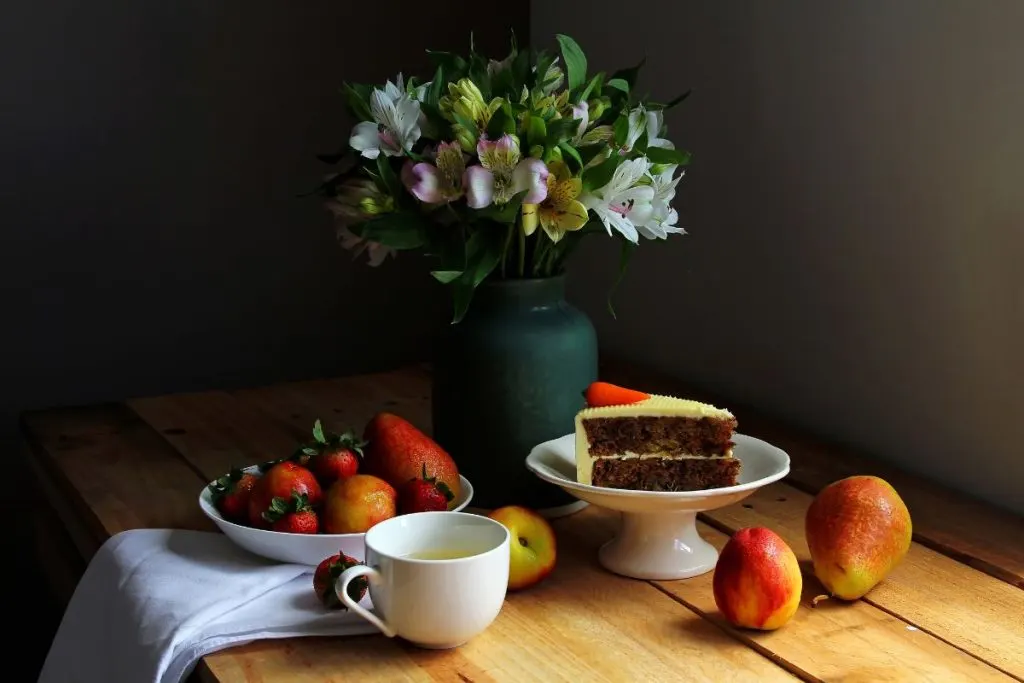Still-life photography is an art form that allows us to capture the beauty and essence of everyday objects. It can bring new perspectives and stories to the mundane, bringing ordinary things to life through photos. Still-life photography has been around for centuries, with its roots in Dutch painting, where many painters would depict intricate arrangements of food or flowers.
Today, still life remains a popular form of artistic expression among amateur and professional photographers as they seek out light, texture, and composition while creating their works. In this blog post, we will explore some techniques experienced still-life photographers use so that you can also start capturing beautiful images!
What is still-life photography and its purpose?
It is used to create beautiful, aesthetic compositions for commercial and artistic purposes.
By arranging different items together and carefully choosing the right light and background, photographers are able to craft stunning images. This will convey a message or evoke an emotion.
Additionally, still-life photography can be used to demonstrate products in the most visually appealing manner possible; it’s often seen in advertisements or catalogs where the product needs to look its best. Moreover, still-life photography also serves as an art form where artists create thought-provoking pieces. That tells a story through composition and symbolism.
Regardless of its purpose, still-life photography can add a creative touch to any project. How you approach your still-life photography will depend on the goal or message of your photograph.
When shooting products, it is essential to be aware of the commercial aspects involved and make sure that you are emphasizing the product’s features attractively and transparently. You can get creative with composition, lighting, and post-processing techniques for artistic still-life photographs to create engaging visuals.
Ultimately, understanding how to properly arrange items together and capture them at the right moment can result in some extraordinary images.
Different types of still-life photography
There are different types of still-life photography approaches depending on what style is desired:-
1)Product Photography
This type of still-life photography captures products in their most appealing way. Photographers use various techniques to focus attention on product details and features, emphasizing its appeal to customers.
2)Food Photography
This still-life photography type focuses on making food look as appetizing as possible. Through strategic lighting and composition, skilled photographers can create mouth-watering images that make viewers hungry for more!
3)Architectural Photography
This type of still-life photography captures the beauty of structures and buildings. By using wide-angle lenses, photographers can create captivating images that emphasize the unique features of a particular building or landscape.
4)Fine Art Still Life
This type of still-life photography is used to capture artistic compositions in an effort to explore light, texture, color, and form. Photographers often combine different objects or items to create interesting shapes and contrasts that draw attention to certain aspects of the image.
No matter what style you pursue, still-life photography can be incredibly rewarding as it allows you to bring your own unique vision and creativity into your images. With some practice and experimentation, one can develop their own unique style and approach that one can be proud of. You can also utilize these still-life images as part of your stock photography portfolio.
You can find a style that best suits your creative needs and interests by exploring the different types of still-life photography. With the right techniques and vision, you can create beautiful images that will last for generations!

The importance of lighting in still-life photography
Lighting plays a vital role in still-life photography, as it can help to create a mood and emphasize certain aspects of the composition. Proper lighting can bring out the best in your subject matter and make it stand out from the background.
When used correctly, lighting can transform a mundane object into something interesting or tell a story with shadows and light. Lighting is key to capturing any image but is especially essential for creating quality still-life photographs. When planning your lighting setup, there are several factors that you should consider.
First and foremost is the type of light source you’ll be using. Natural light sources like the sun or window light provide subtle tones without overpowering your subject matter. However, artificial lights, such as fluorescent or LED lights, can create more dramatic lighting.
Additionally, the position of your light source in relation to your subject is another important factor. You could use a single light source positioned directly above, or to one side of your subject for a flat and even look. Alternatively, multiple light sources placed around your subject can provide a more directional feel.
Conclusion
To conclude, still-life photography is still a unique and exciting art form with the potential to show us stories of everyday objects in new and exciting ways. Professional or aspiring still-life photographers need to remember to consider their very specific needs when shopping for camera equipment, such as lighting, backgrounds, and lens types.
As always, practice makes perfect – try experimenting with different settings, perspectives, and techniques to hone your still-life photography skills. Don’t forget to share your work with others for feedback and critique. With consistency and creativity, you can create beautiful still-life images that bring everyday items to extraordinary levels of beauty.

